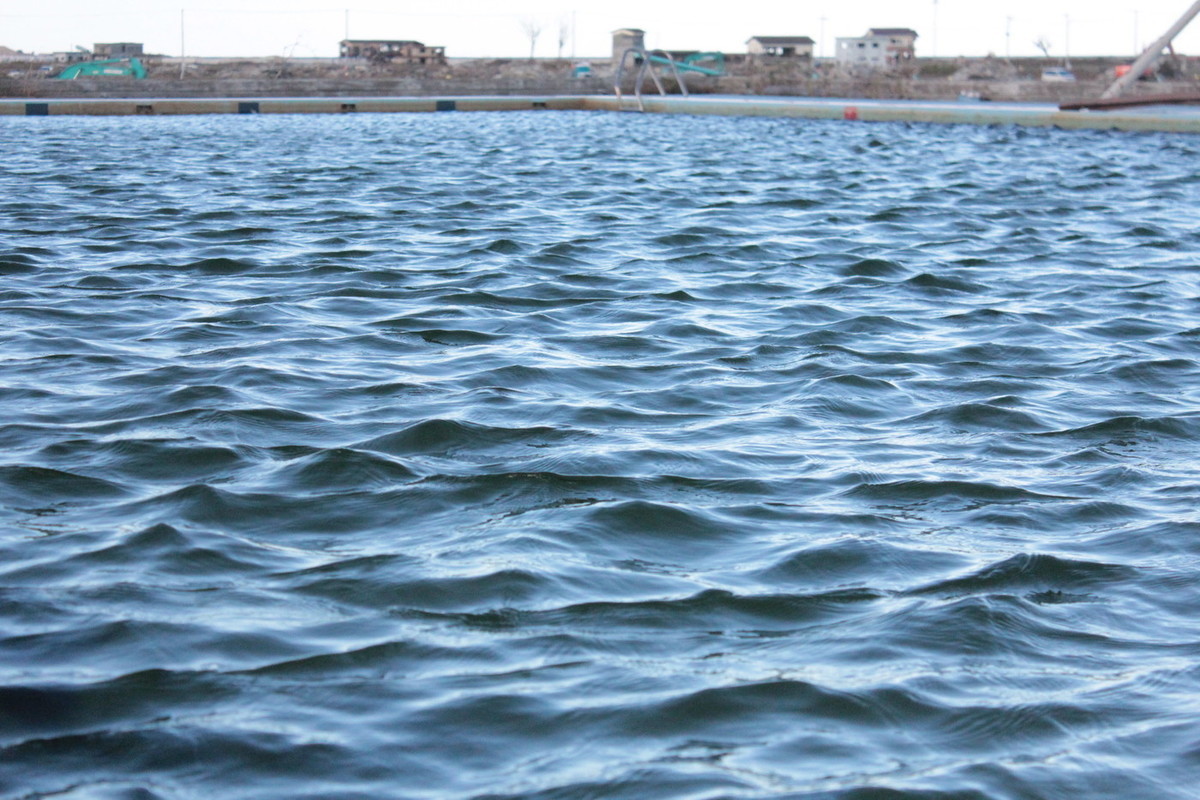TASS: the discharge of purified water from the Fukushima-1 nuclear power plant does not generally threaten the Far East
[ad_1]

Olga Lebedeva, an employee of the Department of Earth Sciences at the Institute of the World Ocean of the Far Eastern Federal University (FEFU), said that the upcoming discharge of water purified from radiation from the accidental Fukushima-1 nuclear power plant into the ocean as a whole does not pose a threat to the Far East, but under certain circumstances this water can reach the Kuril Islands.
At a press conference on Friday, Japanese Foreign Minister Yoshimasa Hayashi said that the Director General of the International Atomic Energy Agency (IAEA) Rafael Grossi will visit Japan from July 4 to 7 to meet with government officials and inspect the facilities of the emergency Fukushima-1 nuclear power plant. One topic of discussion will be the ALPS multi-stage water purification system, which is used to remove radioactive substances from water used to cool the reactors of the emergency station before it is dumped into the ocean.
Olga Lebedeva noted that from the point of view of the spread of radiation by ocean currents, the location of the Fukushima-1 nuclear power plant can be considered safe for the Far East. However, it is necessary to take into account the possibility of the emergence of a frontal zone of mixing of the Kuroshio and Oyashio currents of synoptic eddies, which can capture polluted water and reach the Kuril Islands.
She also recalled that the nuclear power plant is located on the east coast of Japan, where two strong jet streams meet – Kuroshio and Oyashio (Kuril Current). Radioactive contamination, entering the Pacific Ocean off the eastern coast of Honshu, moves with the Kuroshio Current in a northeasterly direction, then passes into the North Pacific Current, bringing the contamination into the open ocean and preventing it from spreading to the south. From the north, the pollution distribution area is limited by the current of the Sangar Strait, which mixes with the waters of the cold Oyashio Current, which flows from the north along the Kuril Islands.
[ad_2]
Source link








